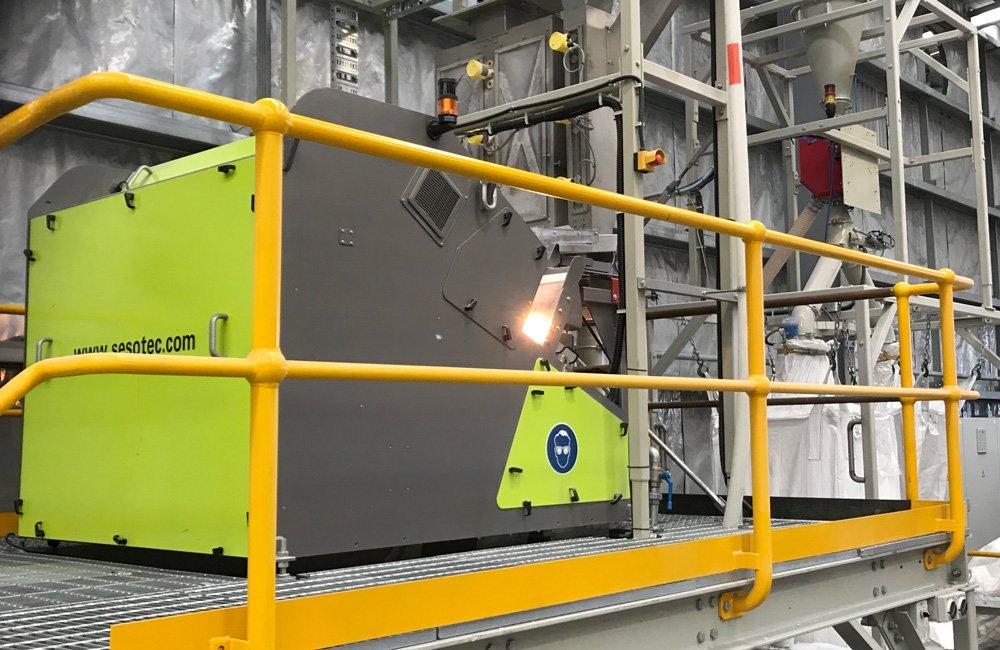Flight Group was established in 1907 and initially made leather luggage. It is still privately held by members of the original Osborne family owners. Flight moved into plastic production in the 1970s. It also has PET product manufacturing plants in Adelaide, Australia, and Romsey, England.
Keith Smith, CEO of Flight Plastics Ltd in Wellington said the wash plant and other work at the facility enables Flight Plastic to produce thermoformed packaging from recycled PET bottles. The company installed extrusion equipment to use recycled PET flakes starting in 2014, using imported flake to prove the process and establish a customer base.
They had very encouraging results, so the next step was to install their own wash plant. Flight Plastic has the capacity to recycle 6,000 metric tons of PET a year. It gets feedstock from curbside collections around the nation, which collect about 8,000 tons annually.
Sorting bottles and flakes
As a part of the investment in a wash plant, Flight Plastics installed a multi-sensor sorting line including two bottle sorters and a flake sorter. These three systems secure the output quality as well as a continuous supply of PET flakes to the production line.
After the upstream process steps such as bale breaking the bottles are feed to Sesotec‘s VARISORT MN multi-sensor sorting system. This system was installed for the separation of PET bottles from other polymers (near infrared sensor N) as well as metals (metal sensor M). Flight Plastics also decided to install a further VARISORT CN. This second VARISORT is equipped with colour sensors C and near infrared sensor N for material identification and sorts as well as cleans the PET bottles into a transparent clear and a coloured fraction.
Those sorted bottles are feed into a cutting mill where they are cut to the desired flake size and passed through a washing and drying process. In the next step Sesotec‘s FLAKE PURIFIER multi-sensor-sorting-system is used for a final cleaning of the PET flakes. Here the remaining off-colours, wrong polymers and small sized metal pieces will be removed. This multi-sensor configuration equipped with a high resolution out-blast system allows highest possible sorting efficiency combined with lowest possible material loss rates. Depending on the application the three sensors can be used individually or in combination.
Sesotec is one of the leading manufacturers of machines and systems for contaminant detection and material sorting. Product sales primarily focus on the food, plastics, chemical, pharmaceutical, and recycling industries. Sesotec’s global presence includes subsidiaries in Singapore, China, USA, Italy, India, Canada and Thailand, and more than 60 partners all over the world. The Sesotec group presently has 540 employees.
Sesotec GmbH
Regener Strasse 130
94513 Schönberg
Telefon: +49 (8554) 3080
Telefax: +49 (8554) 2606
https://www.sesotec.com/emea/de?utm_source=pressebox&utm_medium=link&utm_campaign=corp&utm_term=de
Marketing & PR
Telefon: +49 (8554) 308-2100
Fax: +49 (8554) 2606
E-Mail: brigitte.rothkopf@sesotec.com
